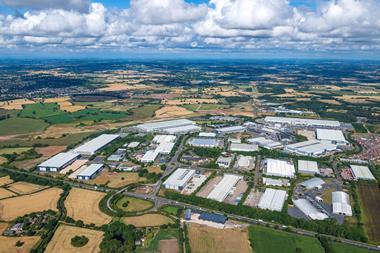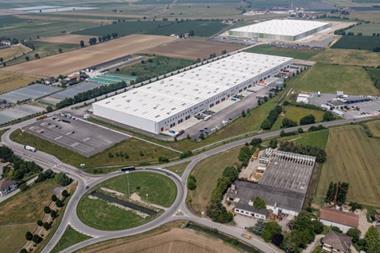UK - The economic slowdown has begun to bite across the UK real estate market, even in areas previously showing signs of improvement in occupier demand.
According to a Prupim report on the UK's property market, the country's "challenging" occupational environment will encourage investors to continue to focus on prime and, at a push, good-quality secondary assets.
But investors will continue to shun poor-quality secondary and tertiary stock as anaemic economic growth overshadows leasing fundamentals in the short term.
In the meantime, vendors' unwillingness to sell at prices demanded by risk-averse buyers will mean continuing subdued transaction volumes this year.
"The market remains polarised, with risk-averse investors once again greatly preferring prime over secondary, South over North, offices over retail, long leases over short, and income today over growth tomorrow," the report said.
Prolonged rental declines are especially likely in the regions as a result of forecast weak growth over the next few years, although pricing on good-quality assets with long leases will hold in the short term.
However, the report's authors, pointing to record low Bond Street retail yields, believe the secondary market outside London will offer better value in the longer term.
"Even if the prime London pricing bubble does not burst," they said, "there are much more attractive opportunities on offer elsewhere for investors seeking high risk-adjusted returns."
Even in Central London, Prupim forecasts an increase in the number of companies postponing occupational decisions in the short term.
"The health of the financial sector - key to both the capital's economy and occupational demand for its office markets, remains under threat from the sovereign debt crises in Europe and the more general lack of debt finance," the report said.
Meanwhile, Colliers - despite its more optimistic assessment of the euro-zone crisis has been resolved - has revised its forecast for the UK's all-property total return downwards from 5.4% in the fourth quarter of 2011 to 2.9%, citing uncertain occupier demand in retail and an 8.7% forecast peak in unemployment later this year that will lead to occupiers rationalising their property requirements.












